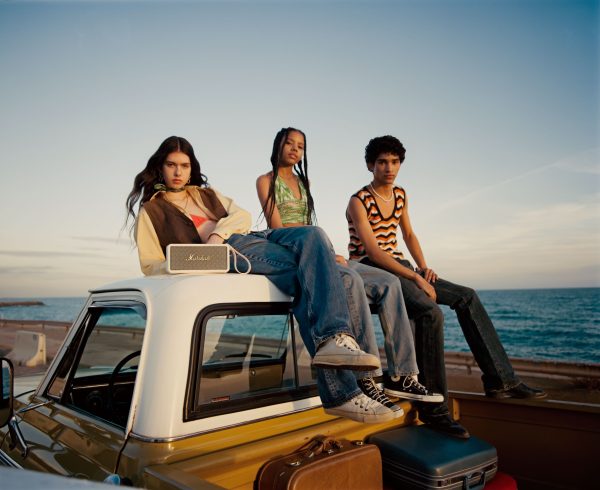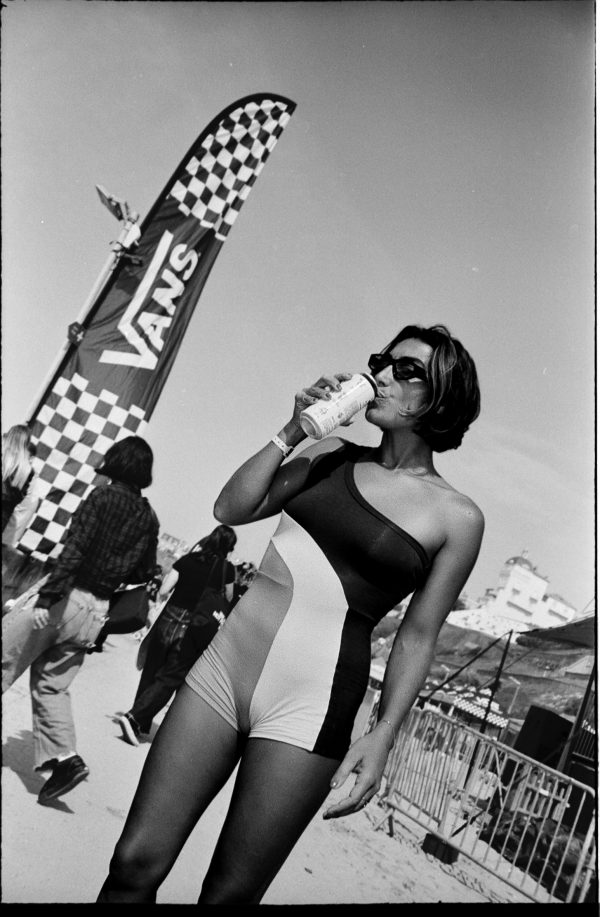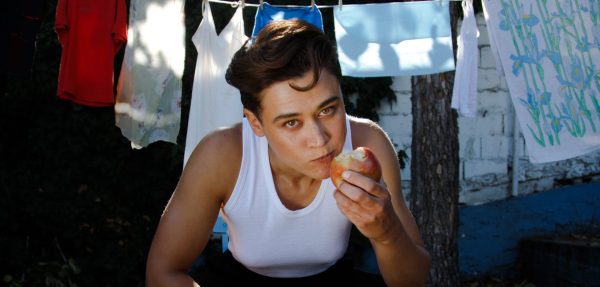You know the saying “art imitates life, life imitates art”? The new art festival TONO embodies that statement tenfold. Hailing from Mexico City, TONO is centered around time-based artwork, which includes dance, performance, music and visual art through videos. From April 18 to the 30th, TONO will bring together museum and gallery partners throughout the city. Across 9 venues, TONO will be highlighting local, regional, and international artists like Arthur Jafa, Naima Green, Jacolby Satterwhite, WangShui and Lotte Andersen. For Mexico, this is a huge step forward in creating the space and place for art lovers and newbies alike to come together and connect with art, their artists, and to see Mexican artists have a global presentation. Thinking to the future, TONO will be a place of dialogue surrounding time-based practices and for creating new threads of research.
For the inaugural theme, TONO landed on “rhythm.” Mirroring the concept of the vibrational rhythm acting as a “thread to explore different group dynamics and social structures,” TONO’s theme is focused on the fragmented idea of “we.” In particular: What channels do we have for connection and communication with ourselves and our environments? How do local frequencies have a global effect? Using the aforementioned artistic means — dance, music, video installations — TONO will explore the role of dance and music in regards to the different ways it embeds itself in our identity.
TONO is curated by founder Samantha Ozer who splits her time between Mexico City and New York. Schön! caught up with Ozer to learn more about the inspiration behind the festival.
TONO is an art festival for ‘time-based work’, can you please elaborate on what you mean by that?
Time-based work generally refers to artwork that represents time or duration. For me, I tend to further define this as artwork in which the artist dictates the time a viewer should spend with the work. So with a painting, sculpture, or photograph the time asked to be spent with the work is more open or unclear; however, with a video, performance, film, or sound piece, that artist, by the nature of the duration of the work, has told the viewer how long they should spend with the work. Of course, you don’t need to stay in the room; however, if something in the work pulls you in, I think it’s pretty powerful to respect what the artist and the work asks of you and to offer your time.
interpretation. Osías Yanov

photography. Pablo Astorga

photography. Pablo Astorga
What inspired you to create this festival?
Historically, there is a rich history of performance art in Mexico City, especially championed at museums like Ex Teresa Arte Actual, which I’m thrilled to be collaborating with for TONO. At one point, the museum hosted its festival-type event for sound art. There is, of course, an incredible history of filmmaking in Mexico and there continues to be a lot of exciting new productions as well as experimental sound art. However, with video art and installation, there has been less institutional support and focus on this type of production– institutions like Laboratorio Arte Alameda have always been more experimental and presented large-scale video installations and more recently the Museo Tamayo has presented more video, including shows by Miguel Calderon and a current show with Albert Serra.
With TONO, I am interested in thinking about time-based practices in the context of one another and not as separate fields–so how the moving image relates to performance, and music, etc. This is why it was important for me that TONO didn’t focus on just performance or video but brought them together.
I saw that long-term, you hope that TONO will become an important space for dialogue surrounding time-based practices and for creating new threads of research. What kinds of research do you hope to spark through this festival?
Long-term, I hope to continue working with institutions that present different aspects of this work and thinking about new and exciting ways to bring time-based practices into conversation. I am also interested in the idea of TONO travelling, though always keeping a rooting in Mexico City. I am incredibly excited that in our first year, we are part of season 3 of “Watch & Chill,” a very interesting initiative that the National Museum of Modern and Contemporary Art, Korea (MMCA) began during the pandemic. Recognizing the opportunity for museums to present video work online but being cognizant of the fact that many of these artworks were not created for laptop viewing, the curator Lee Jihoi, created “Watch & Chill” as a hybrid program–part online streaming service and part travelling group exhibition.
While season one included collaborations with M+ in Hong Kong and season two with the Sharjah Art Foundation, amongst other esteemed institutions, season three is a joint effort between TONO and our partners at the Museo Anahuacalli, Centro de Cultura Digital, and Casa Margarita, and the institutional partners at the MMCA, Peabody Essex Museum, and the National Gallery of Victoria where some of the TONO artworks will be travelling to. From a research perspective, it means we can present works by some incredible Korean artists that have not been shown in Mexico before and vice versa, as well the premiere of some new works such as Garush Melkonyan’s Cosmovisión (2023). From a practical perspective, a goal of TONO is to create a grant programme to enable more artists to have access to resources to make time-based work.
artist. Diego Vega Solorza
Your work spans several cities across the globe, how did you settle on Mexico City as the perfect place for TONO this year?
TONO is very much a product of Mexico City and my experiences of organizing projects here and the current art scene. Mexico City has an incredible art community, with many commercial galleries, a range of institutions, and a lot of artists living here — and how many are now moving here — are very interested in presenting their work. When I was working at MoMA, New York, I would come down for Zsonamaco week, Latin America’s biggest art fair, and immediately was interested in the projects people were working on and how open people seemed for collaboration.
When I found myself living here for a few months while in a grad program, I ended up collaborating with Toni Sadurní from Nordenhake Gallery on a screening series that brought together an incredible intergenerational and international group of artists, from Yang Fudong, Tuan Andrew Nguyen, Himali Singh Soin, and Basma Alsharif to Wangshui, Karrabing Film Collective, Cécile B. Evans, and Kiluanji Kia Henda, amongst others. From there, the artist Alejandro Chellet invited me to curate a performance program he had begun developing at Ex Teresa Arte Actual. From these experiences, I started speaking with more artists and curators about growing a project and in August I formally reached out to the first museum to gauge their interest.

video installation. Cecilia Bengolea
What prompted you to adopt the theme ‘rhythm’ for this year’s event?
I have always been interested in the relationship between sound and moving images. This more formally took shape through the research project “Set to Go” which began as a screening program at Space52 in Athens in 2021. Taking its title from Bárbara Wagner & Benjamin de Burca’s video Faz que vai (Set to go) (2015), this program looked at movements in flux and in the process of becoming. Their work refers to a Frevo dance step that simulates a moment of instability, which, taken as a statement, offers a meditation on the power of movement, of rhythm, to address gender, socioeconomic, and environmental issues as well as the maintenance and transformation of cultural heritage and identity.
To go is to traverse new regions through movement and music, instigate environments, engage with new ecologies, and bring bodies together. I took this guiding theme and created “Set to Go” Part II for a video program for Material art fair in Mexico City in 2022. When I started developing TONO, I pulled from these projects, in terms of ideas but also brought some artists over, such as Lotte Andersen and Luiz Roque. So conceptually, I am interested in how rhythm acts as a thread to explore different group dynamics and social structures and also as a form of communication. On another level, all of the video works have pretty incredible soundtracks and scores and are incredibly auditorially seductive.

live performance + opera. ATLACOYA
Visit TONO’s website for more information.

































































































